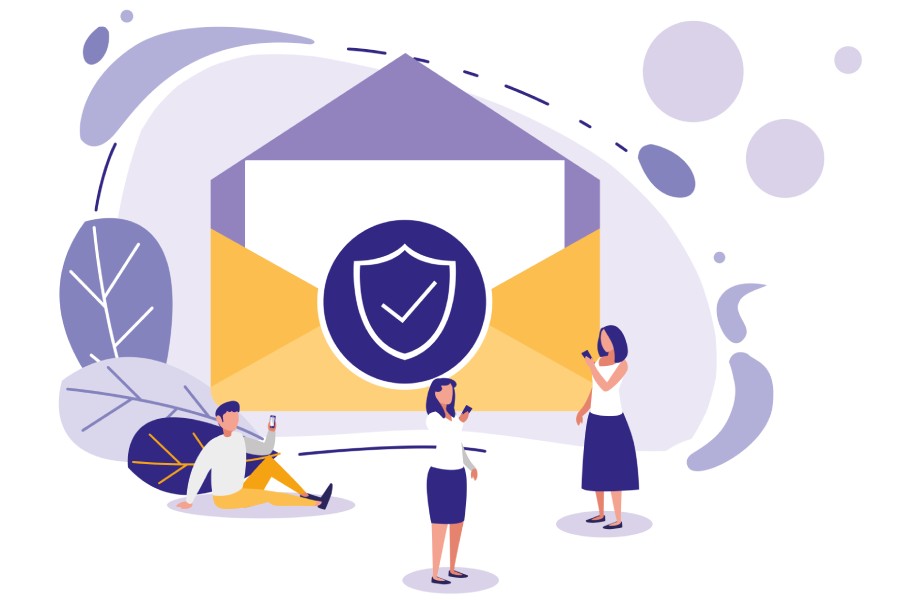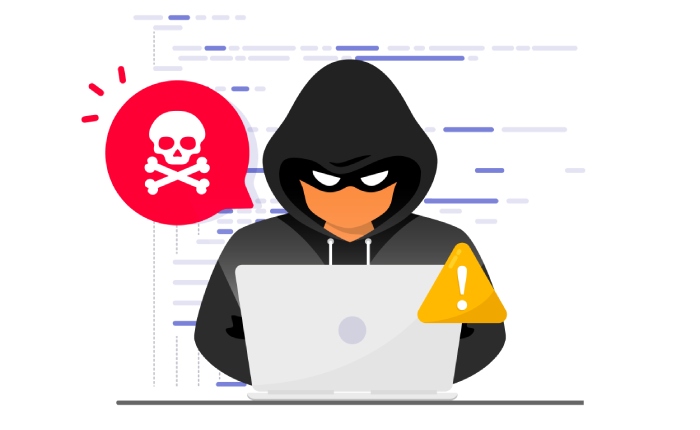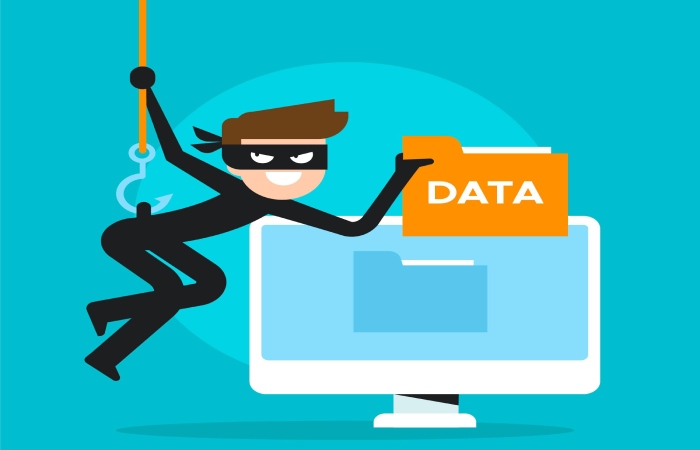With the hike in the number of data leaks, phishing and spear-phishing attacks, and other security breaches, most users wonder how they can prevent their personal and sensitive information from getting into the hands of adversaries. Organizations have started to pay attention to phishing protection, ransomware protection, and other cybersecurity measures to secure their information assets. However, one aspect that no enterprise should sideline when it comes to email security is the concept of email encryption.
Understanding Email Encryption
Email Encryption can be understood as a method for safeguarding the content of an email from getting exposed to an unauthorized person and only allowing the intended recipient to read it. In simple words, the content of the sent email is encrypted so that it cannot be cracked by adversaries when it is in transit and when it is delivered. Only the authorized person who has the private email key can decrypt and access it.
How Does Email Encryption Work?
Two main protocols are primarily used for email encryption, namely TLS encryption and end-to-end encryption.
TLS (Transport Layer Security) Encryption
Transport Layer Security Encryption is used for encrypting emails while they are in transit. Such encryption is mainly employed by the email service providers, such as Google and Microsoft. Its purpose is to secure an outbound SMTP email transmitted from the sender to the recipient. In this method, emails remain encrypted after they are sent out until they reach their destination. It means that once the email is delivered to the recipient, it gets decrypted automatically, and anyone who manages to get access to it can read it.
Before introducing the TLS protocol, malicious actors used to read emails’ contents during their transit. Such attacks are known as man-in-the-middle attacks, and they were causing significant damage to the business organizations by compromising their confidential information. With TLS encryption, there came protection against such types of attacks, but it only secures the email during transit. If the adversary has compromised an email account using spear phishing or any other means, they can easily read the email’s content and attachments.
Therefore, TLS encryption alone is not capable enough to provide adequate email security. That’s why organizations are now turning towards end-to-end encryption.
End-To-End Encryption
In end-to-end encryption, the encrypted emails of the sender can only be decrypted by the intended recipient and no one else. Such encryption works by employing public-key cryptography. The following are the salient features of end-to-end encryption.
- In this mode of encryption, every user with an email address has got a pair of keys. These keys are the digital codes required for encrypting and decrypting an email.
- One of the keys from the said pair is the “public key,” stored on the key-server attached to the account’s name and email address.
- This key of a user can be accessed by anyone who wants to send them an email. Conversely, the user can find the public key of the other person who wants to send them an encrypted email.
- The other key is the”private key,” which is not shared publicly but stored somewhere private and safe. It is because only this key can decrypt
- the encrypted email. An email can be encrypted while sending it using the public key, which turns the entire email content into a complex, indecipherable jumble of words.
- Due to the nature of this encryption technology, the public key can only encrypt the email and not decrypt it.
- This whole email encryption process is known as Public Key Infrastructure (PKI).
- Only the recipient with the proper corresponding private key can decipher the encrypted content and read it.
The end-to-end encryption makes it challenging for malicious actors to steal sensitive data from the email as it remains encrypted during transit and even after reaching the recipient. Only the user holding the private key can access the email’s content.
Types Of Email Encryption
Mainly, there are two types of email encryption:
- S/MIME: Such type of encryption usually comes with iOS and macOS devices and also Outlook products. Whenever an email is sent using these platforms, it contains an attachment whose primary purpose is to verify the recipient’s identity. A centralized authority selects the encryption algorithm and the size of the key in S/MIME. Setting up this encryption using the web-based email client is quite tricky but easy to maintain. In most cases, the user has to pay a fee for getting S/MIME certificates.
- PGP/MIME: The PGP/MIME encryption offers more flexibility in comparison to the S/MIME encryption. In this method, the sender can encrypt the email they send the way they want. They can also even choose how well the emails they receive must be encrypted. It is designed based on a decentralized model and is much easier to set up than S/MIME. The PGP/MIME certificate is also free.
Final Words
Email encryption is a way by which one can add a security layer over the emails so that even if an adversary intercepts them and gains access to them, they cannot read the information inside. Thus, email encryption prevents malicious actors from reading sensitive and personal information, helping in ensuring robust email security. It also protects the attachments and other content sent with the email; the email is secure during the email transit and after it has reached its destination. Finally, the sender and the recipient’s authenticity can be verified using the public and private keys.


